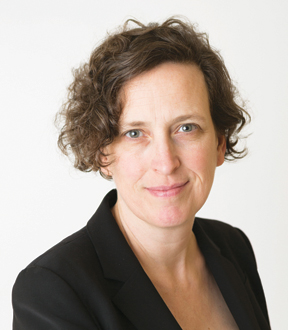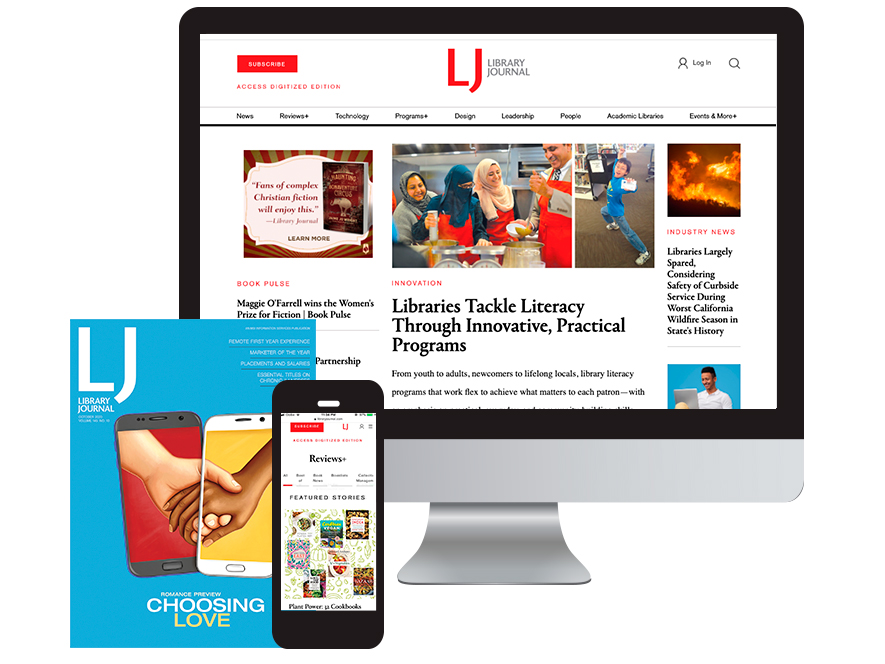Vital Havens | Editorial
When it comes to spreading library love, the Library Land Project raises the bar. Greg Peverill-Conti and Adam Zand have visited over 200 public libraries—celebrating them, sharing images of them, writing stories about them, and rating them. It's something to learn from.
Seeing libraries through users' eyes
 |
Library Land's Adam Zand and Greg Peverill-ContiPhoto courtesy of Library Land Project |
When it comes to spreading library love, the Library Land Project raises the bar. For over a year, the two founders have been visiting public libraries and celebrating them, sharing images of them, writing stories about them, and rating them. It’s something to learn from.
Greg Peverill-Conti and Adam Zand made their 200th library visit in Massachusetts, to the Hyannis Public Library, as I wrote this. So far, they have visited some 202 libraries in Massachusetts, where it all began, and 25 in states beyond.
I am so jealous. If you are anything like me, visiting libraries is a pastime. I visit them as a library person looking to learn about them, and as a regular user wanting to get stuff done. I also engage in straight up library tourism—seeking out icons for sheer aesthetic pleasure. Along the way, I try to witness the living moments within these special places to continue to learn about the real life of libraries.
I especially like hearing the same from those who don’t work in libraries. One cool thing about Library Land is that Peverill-Conti and Zand are not librarians—they are library patrons. We get to see what they care about and notice. Of course, two people can’t represent the whole range of the communities we serve, but nonetheless there are insights to be had. What they see and how well they document it is lovely, detailed, and deeply interesting. It helps share the library story, site by site, and can serve as a model for those they’ve not yet visited.
The criteria they use to rate the libraries are also worth a look. Eleven items are rated on a five-point scale to inform an overall score. They are: parking or transportation, Wi-Fi, meeting or study rooms, overall condition, completeness, community, friendliness, restrooms, noise level, general comfort level, and how well a library measures up to the question “Good place to work?” While these are far from the only criteria on which libraries might need to assess themselves, the fact that these are the qualities deemed important by folks outside the field is in itself worth consideration. It’s notable how much they lean toward the physical experience of getting to and being present in the library space.
Peverill-Conti and Zand’s roots in discovering libraries through using them as work spaces are clear here—they met at the Newton Free Library as they created their PR firm, SharpOrange, and, as Peverill-Conti noted to me, got hooked. “It was a super experience. Free parking, fast Wi-Fi, comfortable study room—it had it all. And we got a ton done. So we decided to do it again but at a different library.” From that seed, awareness of how critical libraries are grew, as did a passion to advocate for them.
I appreciate their list, and its distinct departure from the usual output measures, but wondered what “completeness” means to them. So, I asked.
“We assume that libraries have books, music, and DVDs. We likewise assume most libraries have children’s rooms, teen spaces, etc.,” Peverill-Conti told me. “Where completeness goes up is when we see a great collection of Library of Things items [or] a broad range of museum passes. We’ve also seen libraries that lend works of art, which is pretty cool. In some ways, we also think about new types of offerings—Maker spaces, for example. But even among these, there are gradations: some libraries have a single 3-D printer while others—like Chattanooga—have a full-size loom, a VR lab, woodworking tools.”
While those assumptions regarding the collections and range of spaces remain the crux of the matter for many libraries, there is something refreshing about having them taken for granted as fundamental (even as we still fight for them in too many settings). The focus is on their qualitative experience of the library on top of those basics.
The Gladys E. Kelly Library in Webster, MA, has the only perfect score to date, and the detail as to why is worth a read. The ratings keep the conversation real—and continue to be refined as Peverill-Conti and Zand continue to learn.
What’s clear is that this project is based on strong recognition of how important libraries are, and how amazing their work is, large and small. That comes forward in the many stories they share about the libraries they visit. The Library Land Project is full of joy, and it is also useful, inspiring, and real. Just as our libraries are.

RELATED
ALREADY A SUBSCRIBER? LOG IN
We are currently offering this content for free. Sign up now to activate your personal profile, where you can save articles for future viewing









Add Comment :-
Comment Policy:
Comment should not be empty !!!
Alys Tremellwyn
Hi, this is a technical comment. The link (I think it is a link) as to why the Gladys E. Kelly Library got a perfect score, which I wanted to read, did not work for me.Now, the non-website comment. I think this is a great idea, and also appreciate the parameters of the survey. I agree that certain things are basic to every public library (books, dvds, computers) but I think it might also be helpful to add one or two: size of the physical space of the library (some are basically a trailer parked on a plot of land), and funding (this because not all libraries are created equally, and some have a way bigger budget to buy books, dvds, computers, etc. Some counties are struggling with very limited budgets indeed so they cannot attract the library customers they would love to attract.) This is just a thought on my part and not meant to be a criticism at all. I have found myself several times (in Maryland and out in San Diego county CA) going to the main county branch because the satellite branches were inadequate as to materials and books.Posted : Aug 05, 2019 02:28